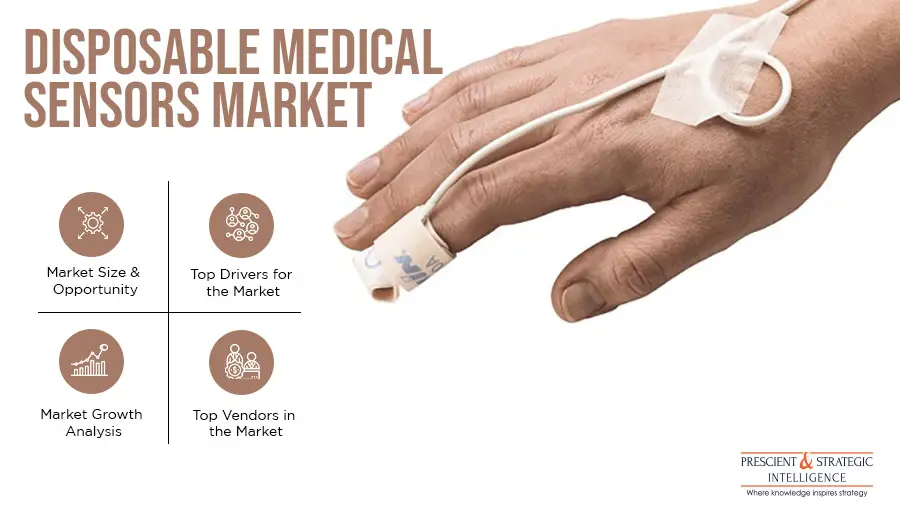The International Diabetes Federation (IDF) reveals that 537 million adults aged 20–79 years are currently living with diabetes, and this number will reach around 643 million by 2030 and 783 million by 2045. As per the IDF Diabetes Atlas 10th edition, 3 in 4 adults with diabetes reside in low- and middle-income countries (LMICs). Furthermore, the World Health Organization (WHO) states that cardiovascular diseases (CVDs) accounted for approximately 17.9 million deaths in 2019, contributing to around 32% of the global fatalities.
The soaring cases of diabetes and CVDs will, therefore, drive the disposable medical sensors market at an exceptional CAGR of 10.4% during the forecast period (2017–2023). The market was valued at $4.5 billion in 2016 and it is projected to generate $8.9 billion revenue by 2023. This growth can also be credited to the growing prevalence of healthcare-associated infections (HAIs). For instance, the European Center for Disease Prevention and Control (ECDC) states that, in 2017, around 8.3% of the patients admitted to intensive-care units (ICUs) for more than two days were infected by at least one HAI.
In the coming years, large quantities of image sensors will be adopted in the medical industry due to the rising adoption of complementary metal-on silicon oxide semiconductors (CMOS) image sensors exhibiting high performance and integration functionality. Other sensors being utilized in the medical device industry are accelerometers, biosensors, temperature sensors, and pressure sensors. Key manufacturers of these disposable medical sensors are Smiths Group Plc, STMicroelectronics N.V., General Electric Company, TE Connectivity Ltd., Medtronic Plc, Koninklijke Philips N.V., and Honeywell International Inc.
According to P&S Intelligence, the North American region was the dominant user of disposable medical sensors in the preceding years. This was on account of the increasing cases of HAIs, the growing geriatric population, and mounting government expenditure on research and development (R&D) in the region. In addition, the rising incidence of chronic ailments and escalating need to reduce the mounting healthcare expenditure will also facilitate the adoption of disposable medical sensors in Canada and the U.S.
Thus, the increasing incidence of CVDs and diabetes and the soaring burden of HAIs will augment the adoption of disposable medical sensors in the upcoming years.






